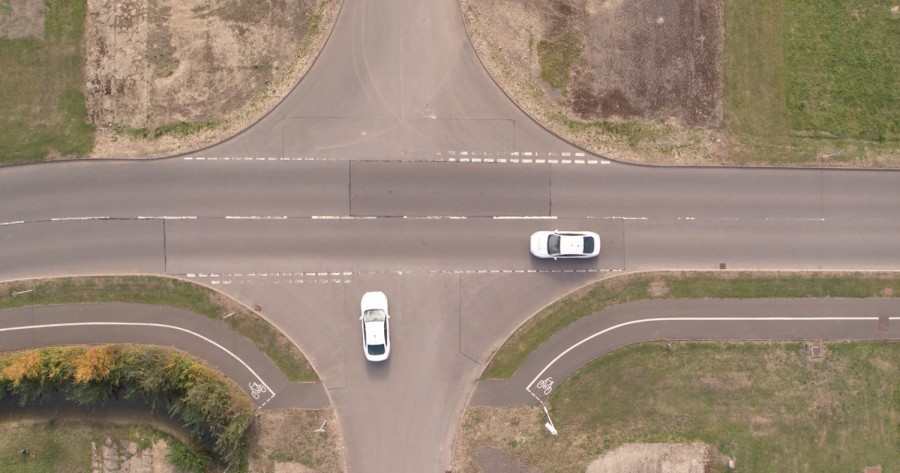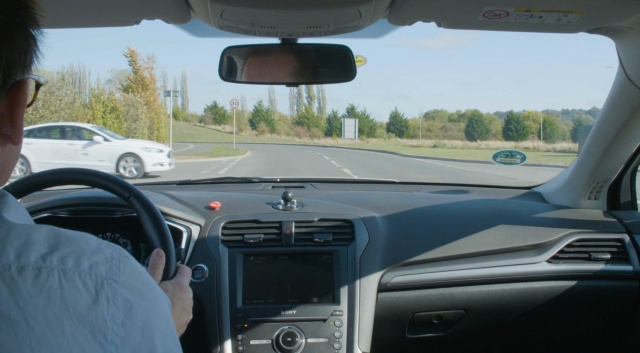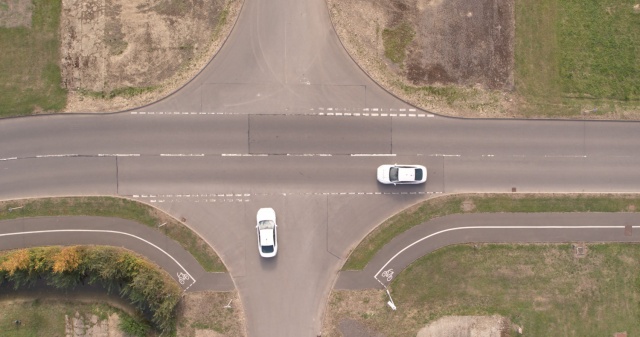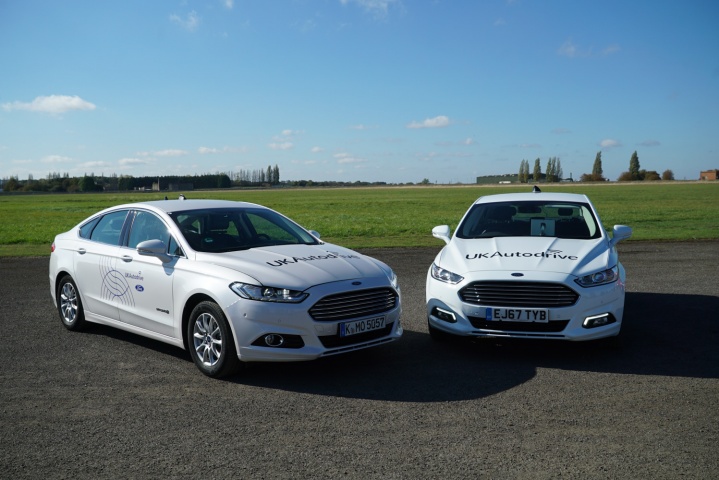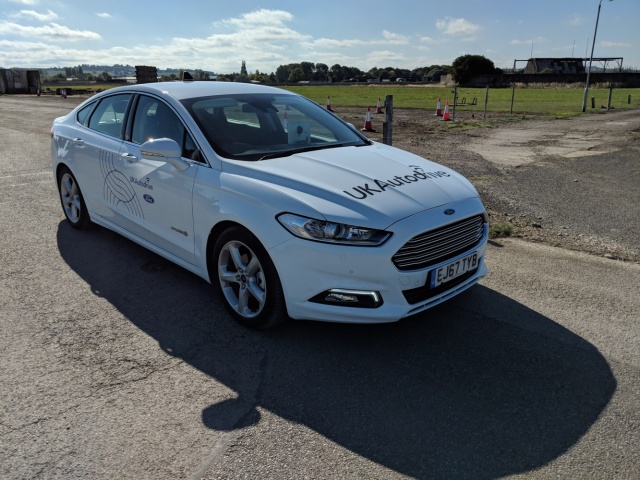What's the news?
Ford reckons it has technology on the boil that could, eventually, eliminate the need for red lights or stop signs at junctions. By using car-to-car and car-to-infrastructure communication, Ford thinks that vehicles could tell each other when they're approaching the same junction, and both cars could automatically adjust their speed to avoid a collision and ensure free-flow movement.
Now, we're going to take this with the usual massive pinch of salt that we use for all autonomous car news, but the tech is interesting.
Intersection Priority Management (IPM) is currently being tested by Ford in Milton Keynes, in the UK, in a programme that is part-funded by the UK government.
"We know that intersections and traffic lights can be a real bugbear for many drivers," said Christian Ress, supervisor, Driver Assist Technologies, Ford Research and Advanced Engineering. "With the connected car technology we have been demonstrating this week, we envisage a world where vehicles are more aware of each other and their environment, enabling intelligent cooperation and collaboration on the roads - and around junctions."
According to Ford, the average driver spends, cumulatively, two days each year waiting at red lights, so as well as the safety aspect, there's a potential major efficiency benefit too. Junctions are also where 60 per cent of road accidents occur, so there's a clear safety benefit.
The test cars, which currently do have human drivers on board too, are using the new V2V (vehicle to vehicle) communication gear. The system can communicate with other, similarly-equipped, cars in the area and suggest an optimal speed to ensure that there's no collision and that both cars pass through the junction safely.
Other applications of the technology include an Intersection Collision Warning system, that warns you if there's a potential accident about to happen at the junction ahead of you, and Green Light Optimal Speed Advisory, which gives you a suggested cruising speed to make sure you keep getting greens at junctions.
Needless to say, this is all very pie-in-the-sky stuff, requires huge leaps in software, processing, and hardware, and is probably very many years away from being something that you can actually fit to your car. One day, though...
Watch here to see how the technology could work.
<iframe src="https://www.youtube.com/embed/CfAFtNAoaPA" width="560" height="315"></iframe>

